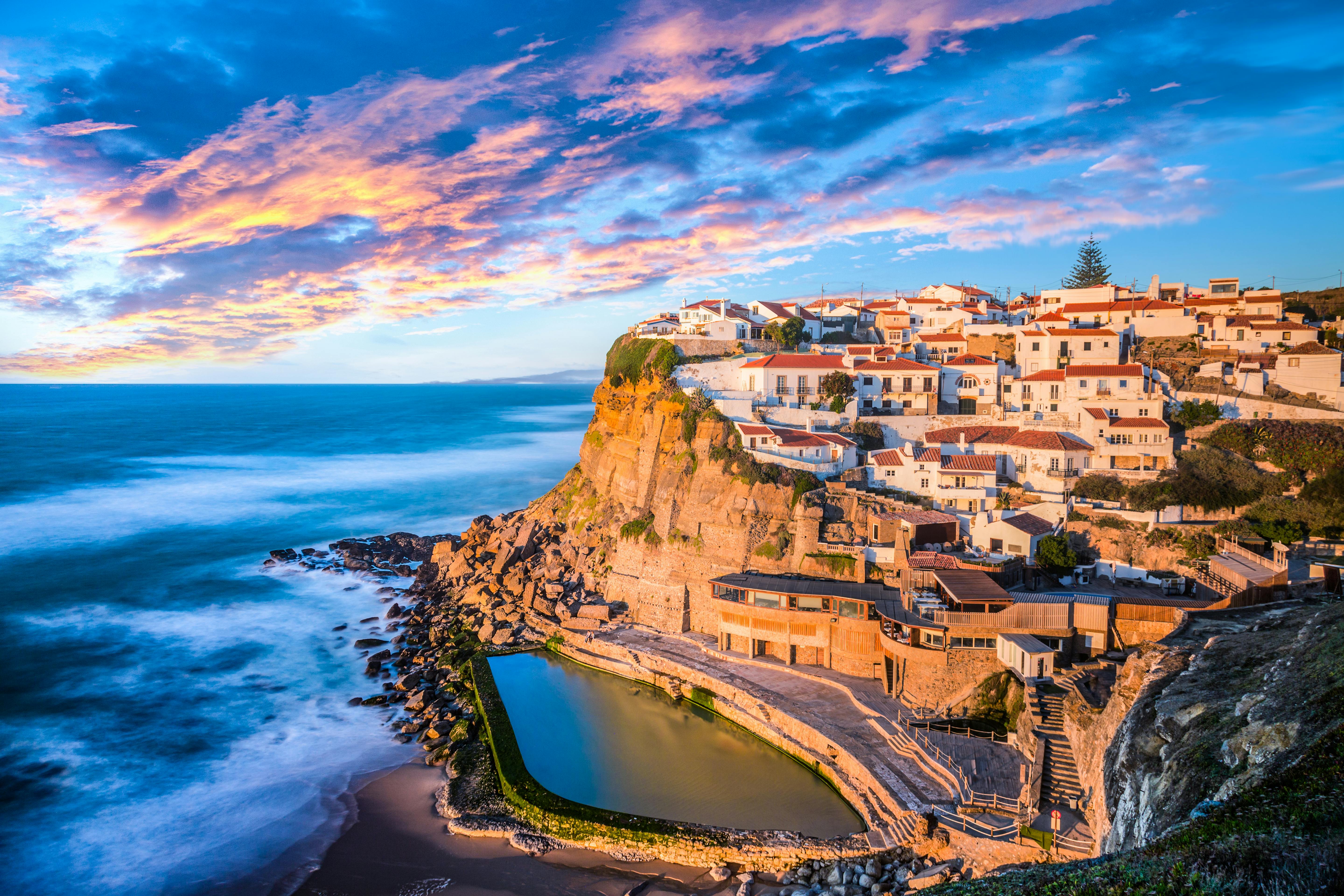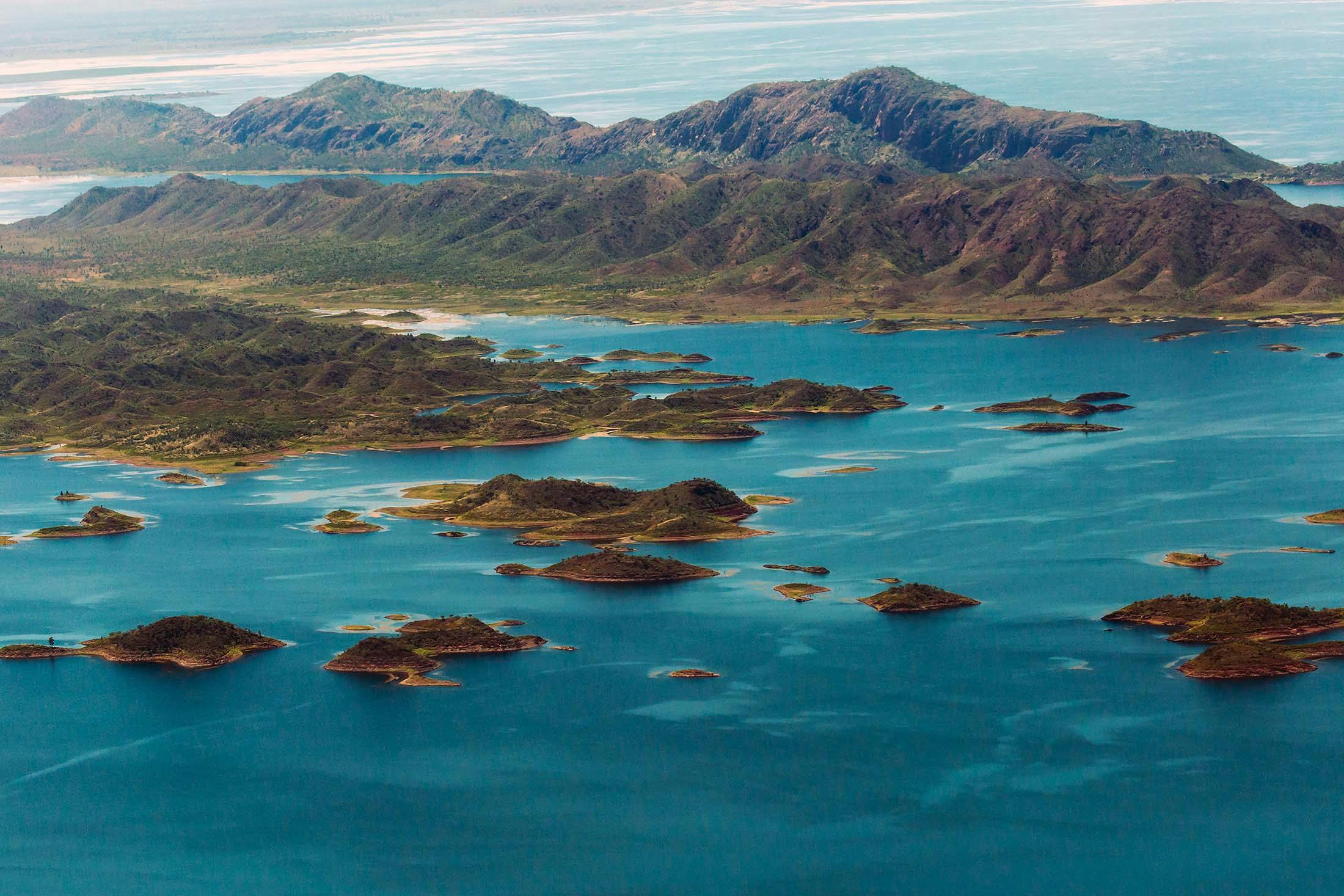World Cruise ’27 Visits 50 UNESCO Sites. All Are a Triumph over Time and Turmoil
If you enjoy the beautiful and distinctive, Silversea’s 2027 World Cruise is for you: Fifty UNESCO World Heritage Sites are on its agenda, about one every three days in the 149-day cruise.
Among the calls on that World Cruise 2027 itinerary: fjords in western Norway; rice temples and water temples in Bali. A blend of Chinese, European, Malay and Indian architecture in George Town, Malaysia. The Vallée de Mai Nature Reserve in Seychelles; Galle in Sri Lanka. European Romantic palaces and gardens in Sintra, Portugal (pictured above top). Volcanoes National Park in Hawaii.
You’ll marvel at pinnacles of human achievement and awe-inspiring nature. But what does it mean to be a UNESCO World Heritage Site? Read on for the background of this remarkable preservation effort, some recent additions to the list, and why it matters more each day.
What is a UNESCO World Heritage Site?
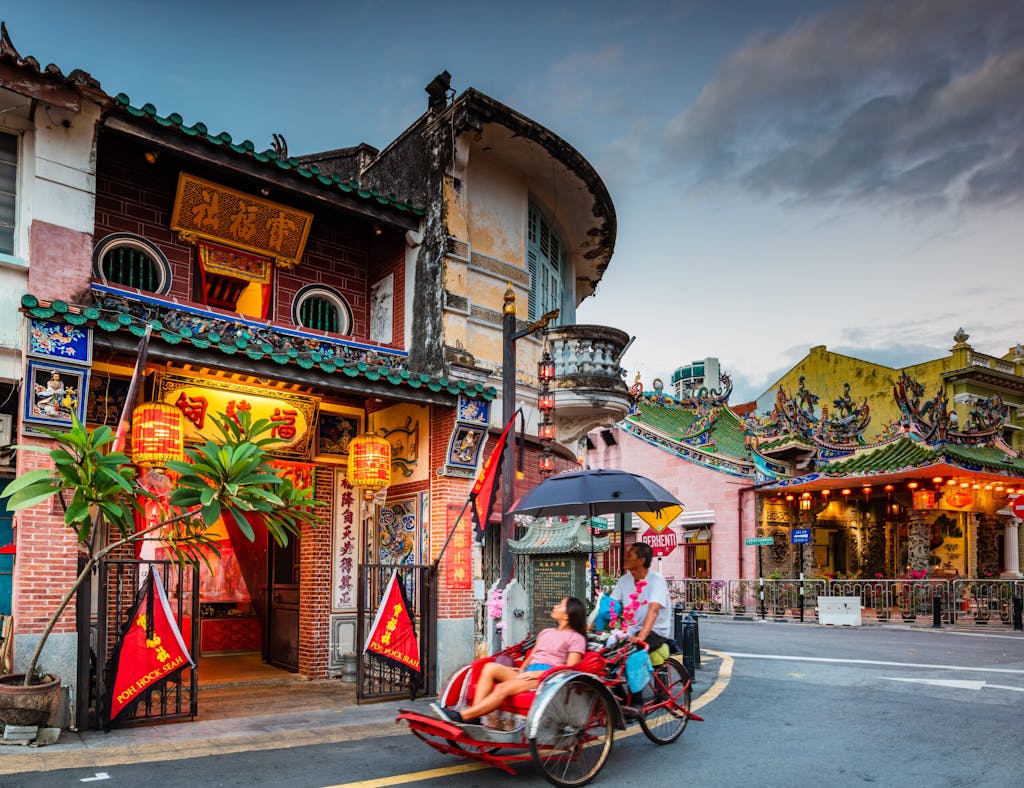
Places chosen for the UNESCO World Heritage list must have “outstanding universal value” and meet at least one of 10 criteria, which include “masterpiece of human creative genius,” “superlative natural phenomena or area of exceptional natural beauty,” “unique or at least exceptional testimony to a cultural tradition or to a civilization which is living or which has disappeared.”
These can be monuments, cities, archaeological sites or outstanding examples of nature. Further, their countries promise to preserve and protect them.
In the most recent meeting of UNESCO, 24 inscribed properties were added. Of those, 19 were cultural, four were natural, one was mixed and two had what UNESCO calls “significant modifications to the boundaries.” Among the new sites: Nelson Mandela Legacy Sites in South Africa; the so-called Central Axis in Beijing, which contains palaces, gardens and more, as well as China’s Badain Jaran Desert; the Sado Island Gold Mines in Japan; the Via Appia in Italy; Te Henua Enata in the Marquesas (mixed property); and more. You can read more about UNESCO’s additions here.
How many are there?
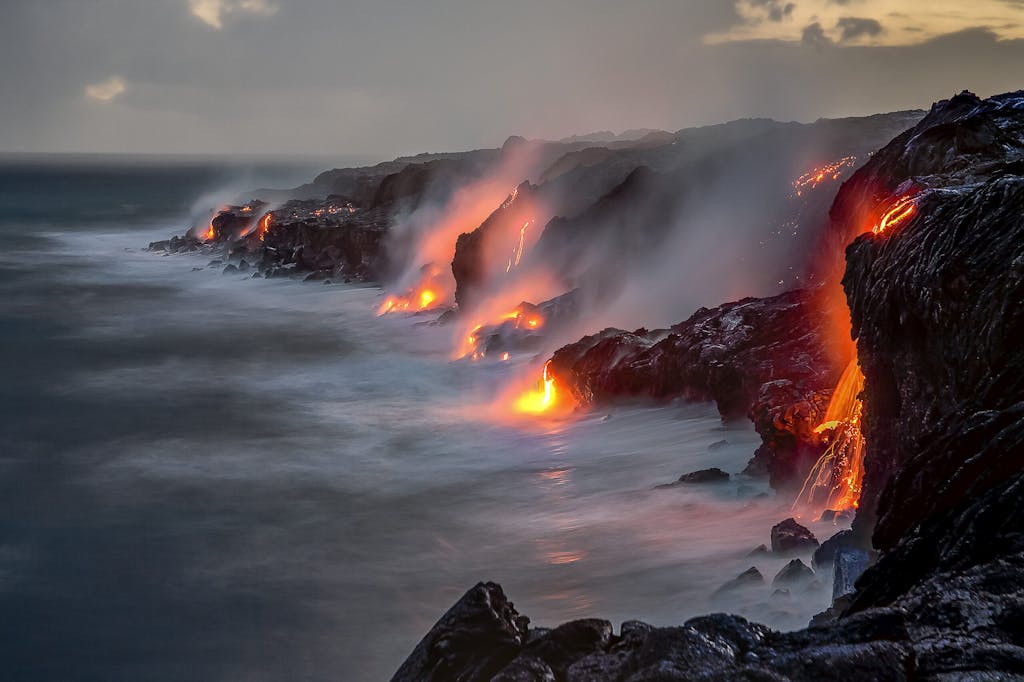
Today there are 1,223. More than three-quarters are cultural sites; more thn 200 are natural; and the rest are a mixture of the two. The greatest number in single countries are in Italy and, with recent UNESCO updates, China.
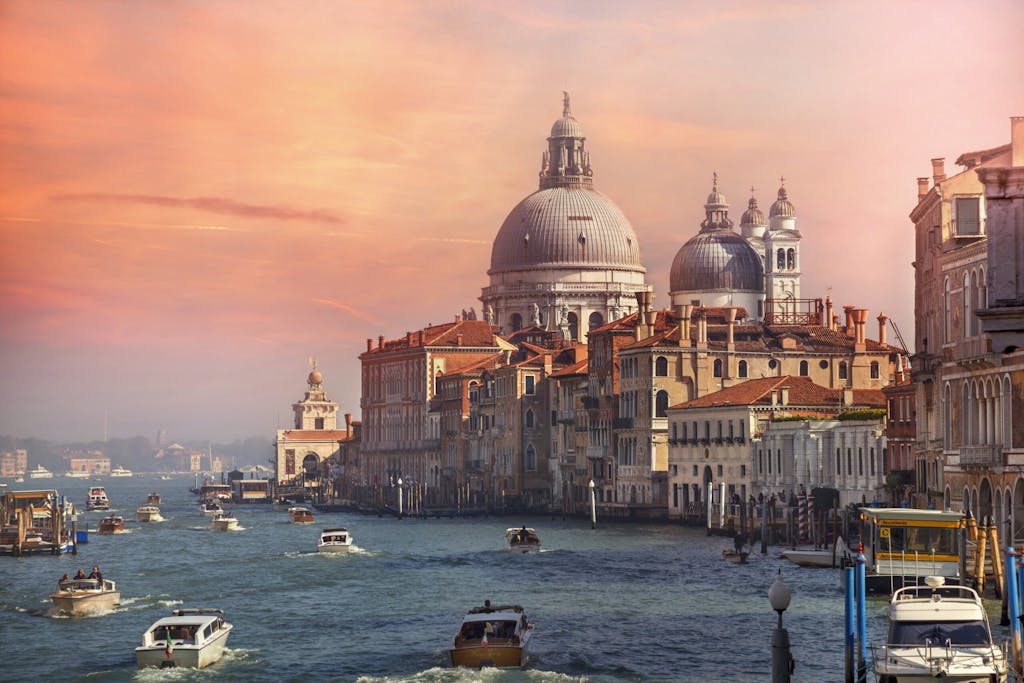
Which countries have the most sites?
Italy: 59, from Venice to the Amalfi Coast, and China also with 59. Germany and France have 52 each, Spain 50, India 42. The U.S. has 21.
What is the history behind UNESCO World Heritage Sites?
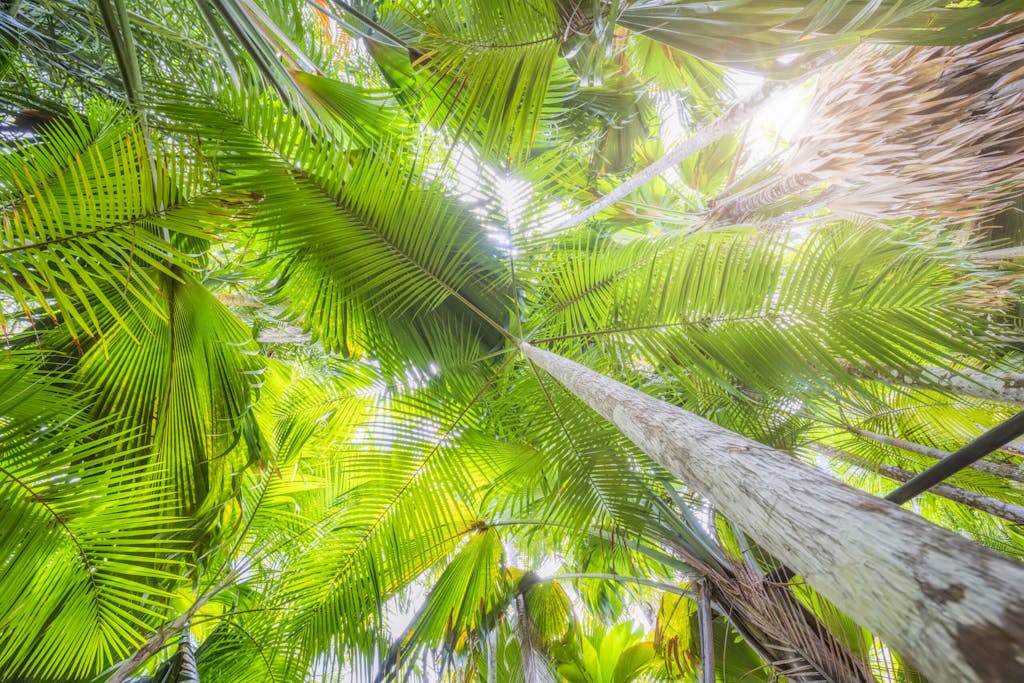
UNESCO, the United Nations Educational, Scientific, Cultural Organization, was founded in 1945. Worried that precious cultural, architectural and historical treasures could be lost because of the massive destruction of World War II and other threats, this nonprofit intergovernmental formed the World Heritage Convention in 1972.
Its mandate: to protect these places and recognize them with an official list. The first World Heritage Sites were chosen in 1978.
What other events drove their creation?
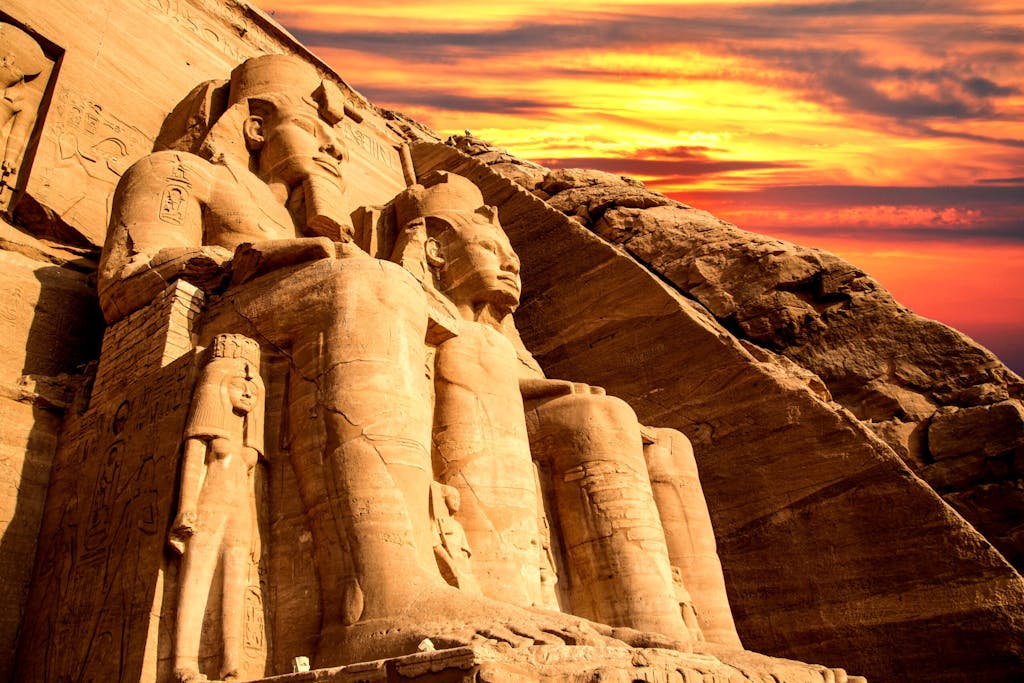
When Egypt’s building of the Aswan Dam threatened to submerge the magnificent Abu Simbel temples, built more than 3,000 years ago, about 50 countries banded together in 1960 to save them.
From 1960 to 1980, the rescue moved 22 monuments to higher ground and re-assembled them, with help from engineers, archaeologists, scientists and water experts. Saving Venice, Italy, a masterpiece built on 118 islands, after its disastrous floods in 1965 was another international campaign that inspired the World Heritage Convention.
Both areas became World Heritage Sites.
How does a place get on the list?
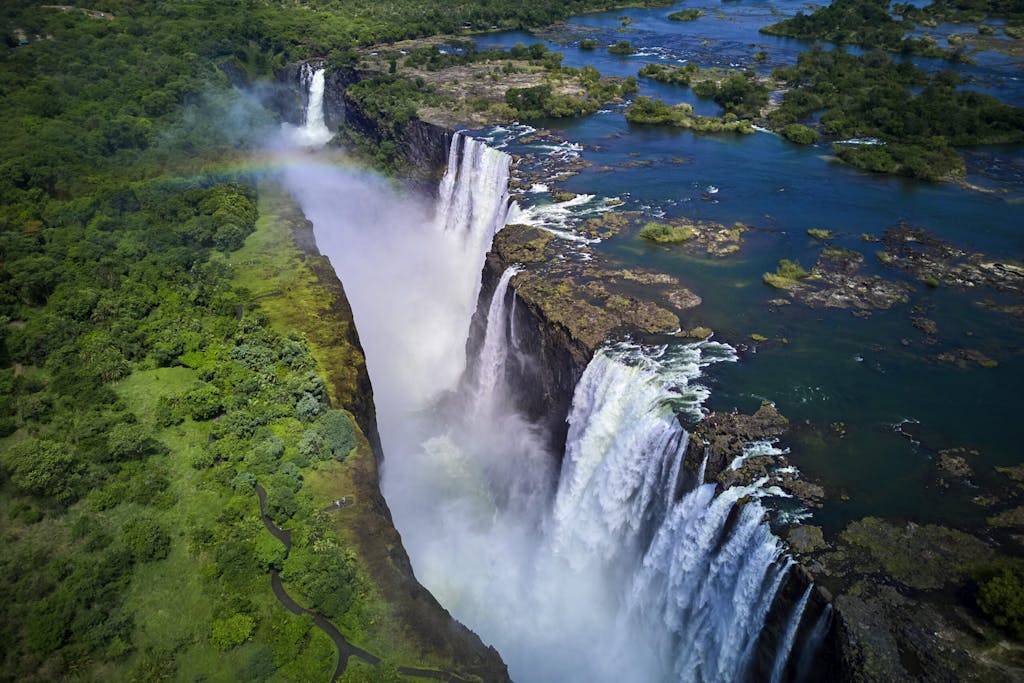
First, one of the 195 member countries of UNESCO prepares a list of its important cultural and natural places. Then it nominates one of them in a detailed proposal that includes maps and documentation and submits it to the World Heritage Committee.
The International Council on Monuments and Sites and the International Union on Conservation of Nature, both non-governmental organizations, evaluate the proposal.
The World Heritage Committee reviews their evaluations and meets once a year to decide which sites to add to the list. About 25 to 30 are added each year.
What were some of the first sites?
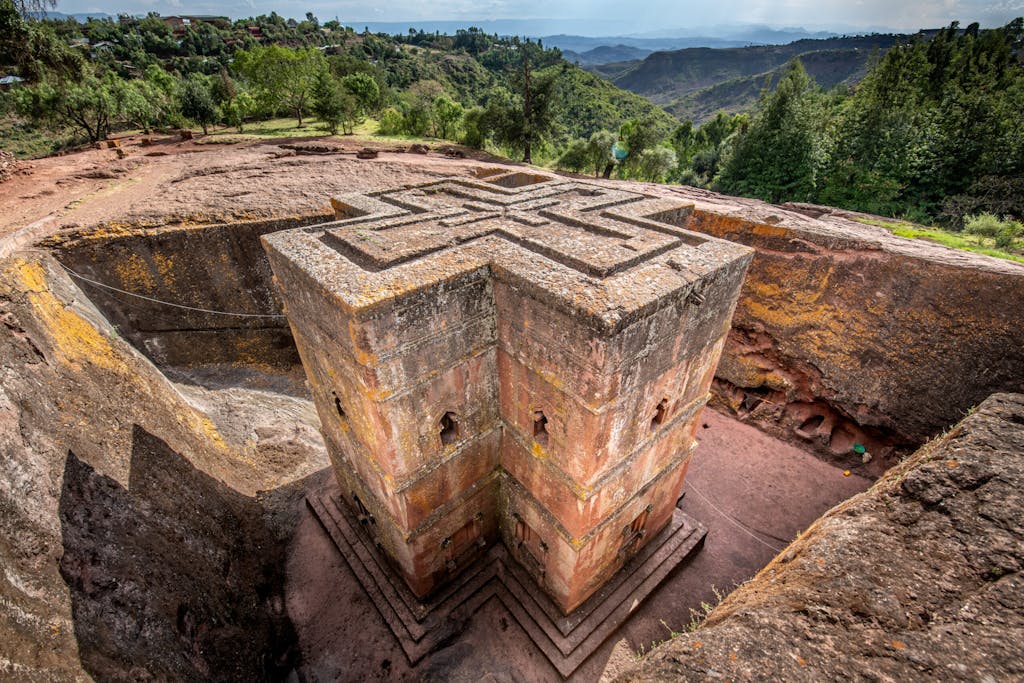
The Galápagos islands in Ecuador; Krakow, Poland’s historic center; Ethiopia’s Rock-Hewn Churches; and Yellowstone National Park and Mesa Verde National Park in the U.S. were among the first 12 sites.
UNESCO has since broadened its definitions. Why?
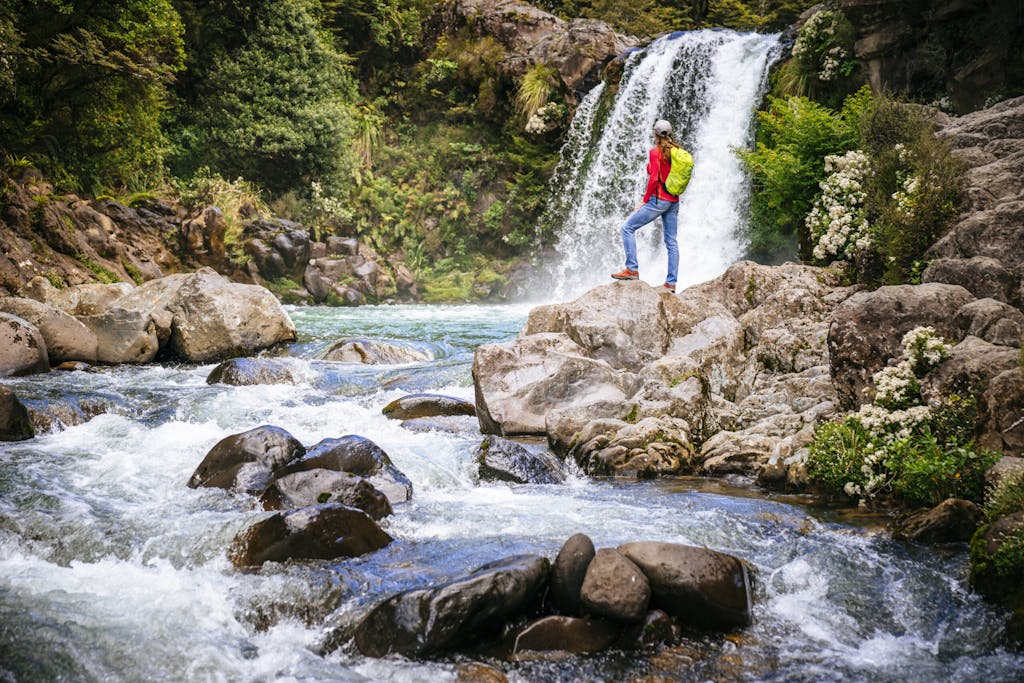
“Cultural landscapes,” interactions between people and their natural environment, was added in the 1990s. UNESCO wanted to honor new heritage types beyond monuments, because promoting cultural diversity is a major principle of its World Heritage Convention.
The first new “cultural landscape” site was Tongariro National Park in New Zealand, chosen for its natural features – blessed with three volcanoes, green lakes, ancient lava flows and alpine gardens – plus its cultural, historic and sacred value to indigenous Maori.
What sites have priority?
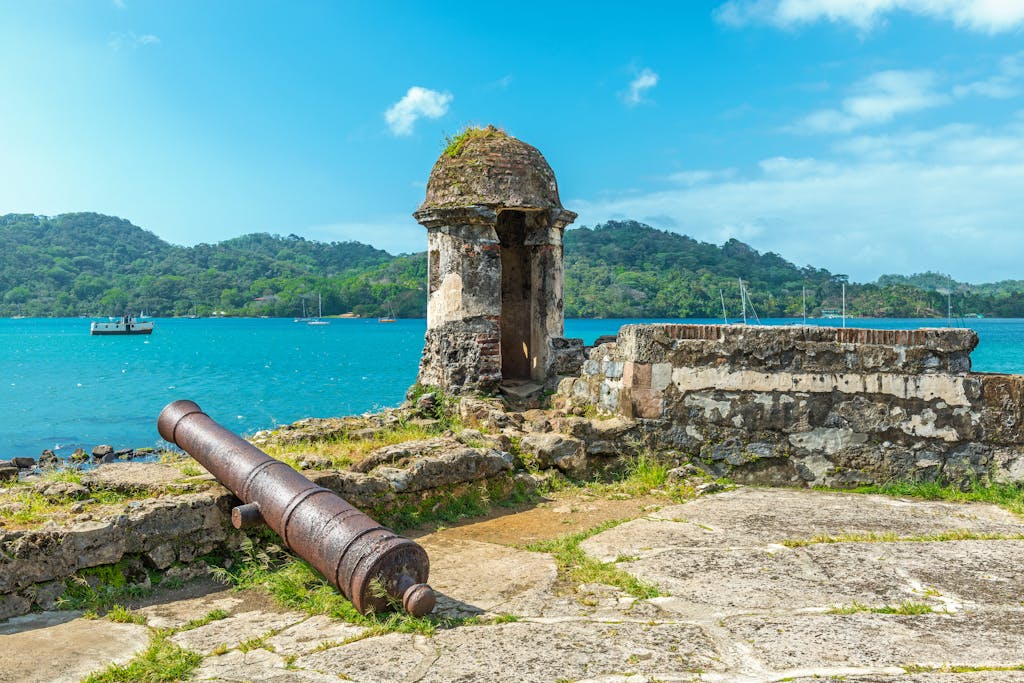
The most threatened sites, severely damaged or at risk of severe damage, get priority, especially if they are on the List of World Heritage in Danger. Training and research assistance for staff, equipment and outside experts and educational materials to raise awareness of the World Heritage Convention and list (not single sites) are examples of conservation/management projects.
What are some of the other success stories?
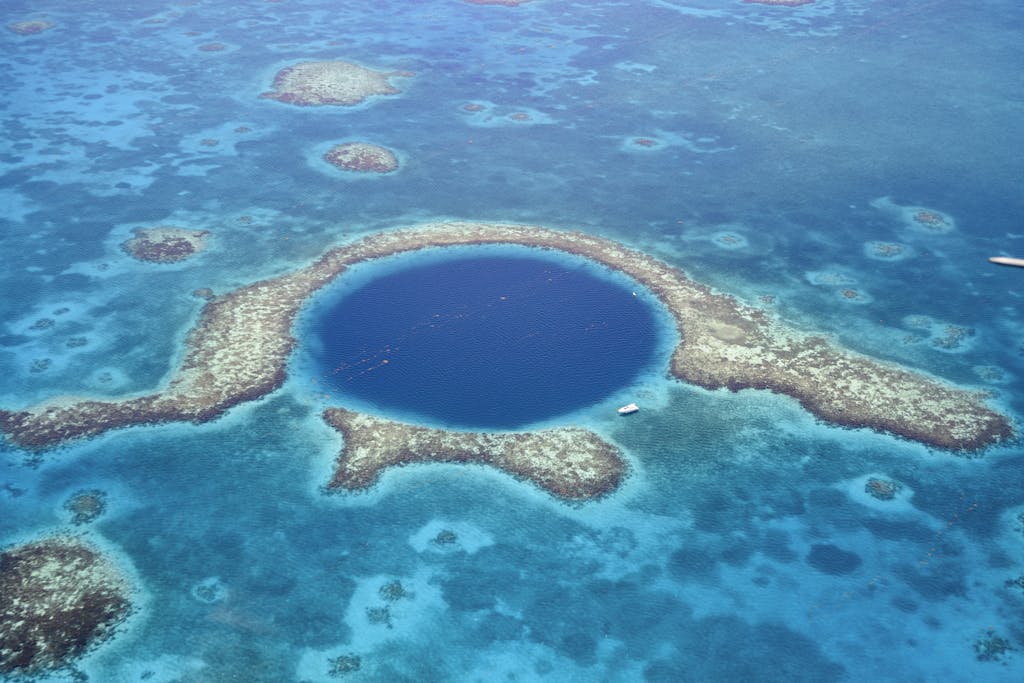
Dubrovnik, Croatia, damaged by artillery fire in late 1991, was added to the Danger List, but was removed in 1998 after UNESCO supplied money and technical assistance to rebuild palaces and restore roofs.
Belize’s coral reef was removed from the Danger List after conservation project funding, professional training, technical help and the government’s halt of all oil exploration and drilling offshore led to major improvement.
How do these protected areas enhance travel, especially on World Cruise 2027?
We look after heritage simply because heritage represents what we are, Lazare Eloundou Assomo, the Director of World Heritage at UNESCO has said in interviews and podcast. He also has noted that when people ask him why it’s important to protect “stones,” he reminds them that it is life, not stones, that is being protected.
He told The Guardian newspaper in a 2021 interview that UNESCO’s work, particularly in places affected by violence or disasters, “has shown how culture and cultural heritage are important to help people recover from trauma, start having an economic living after the conflict but also help bring back the social cohesion that was lost because of the conflict.”



